Who Is George B. Kaiser – The Richest Person In Oklahoma
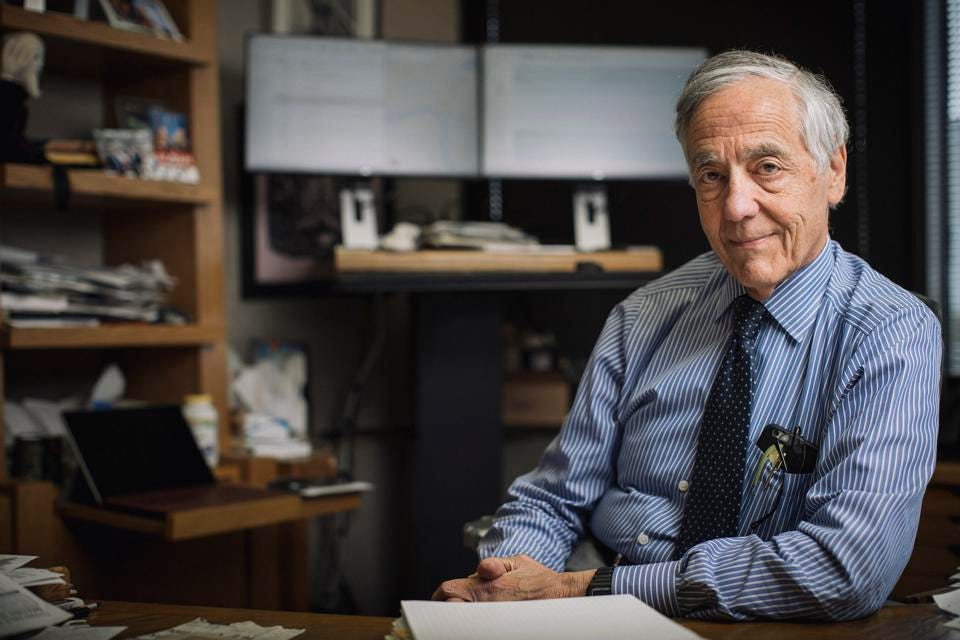 |
| Who Is George B. Kaiser – The Richest Person In Oklahoma. Photo: Forbes |
Who is George Bruce Kaiser - Biography
George Bruce Kaiser (born July 29, 1942) is an American billionaire businessman. He is the chairman of BOK Financial Corporation in Tulsa, Oklahoma.
As of September 2021, he is the 476th richest person in the world and was one of the top 50 American philanthropists.
George B. Kaiser is president, CEO and primary owner of GBK Corporation, parent of Kaiser-Francis Oil Company, which he has managed for almost 50 years. He is chairman of the board and majority owner of BOK Financial Corporation and a major shareholder in a number of diversified businesses in North America and overseas. He continues to work full time with these enterprises while also offering counsel to GKFF. Mr. Kaiser attended Tulsa Public Schools and earned his bachelor’s degree from Harvard College in 1964 and an MBA from Harvard Graduate School of Business Administration in 1966.
*In the 1930s, Kaiser's parents fled Nazi Germany and settled in Tulsa, Oklahoma.
*George Kaiser took over his family's Kaiser-Francis Oil Company in the 1960s.
*Kaiser bought the Bank of Oklahoma in 1991 for $60 million; he owns about 54% of the publicly-traded bank.
*He also owns LNG firm Excelerate Energy and stakes in several companies, including publicly traded fintech firm Alkami and the Oklahoma City Thunder.
*Kaiser has paid out more than $1 billion from his George Kaiser Family Foundation, which focuses on early childhood education.
George Bruce Kaiser: Early Life & Education
Kaiser was born in Tulsa, Oklahoma, on June 29, 1942, to Kate and Herman Kaiser. Just four years earlier, his parents, both Jews, fled Nazi Germany to England, eventually joining relatives in Tulsa. In the early 1960s, he pursued undergraduate studies at Harvard University and earned an MBA from Harvard Business School in 1966.
George's father, Herman George Kaiser, had been an attorney in the district of the Kammergericht in Berlin until 1933 when he was dismissed by the Nazis because he was Jewish. He and his wife Kate then moved to Rostock where Herman Kaiser worked with his father-in-law Max Samuel's EMSA-Werke company. Herman Kaiser escaped to England in 1937 and his wife and daughter came over in September the following year. In 1940 all three emigrated to the United States. They settled in Tulsa, where Herman's aunt and uncle already lived. Herman joined the uncle's oil drilling business. Their son was born in Tulsa. Herman died in Tulsa on October 14, 1992, at the age of 88.
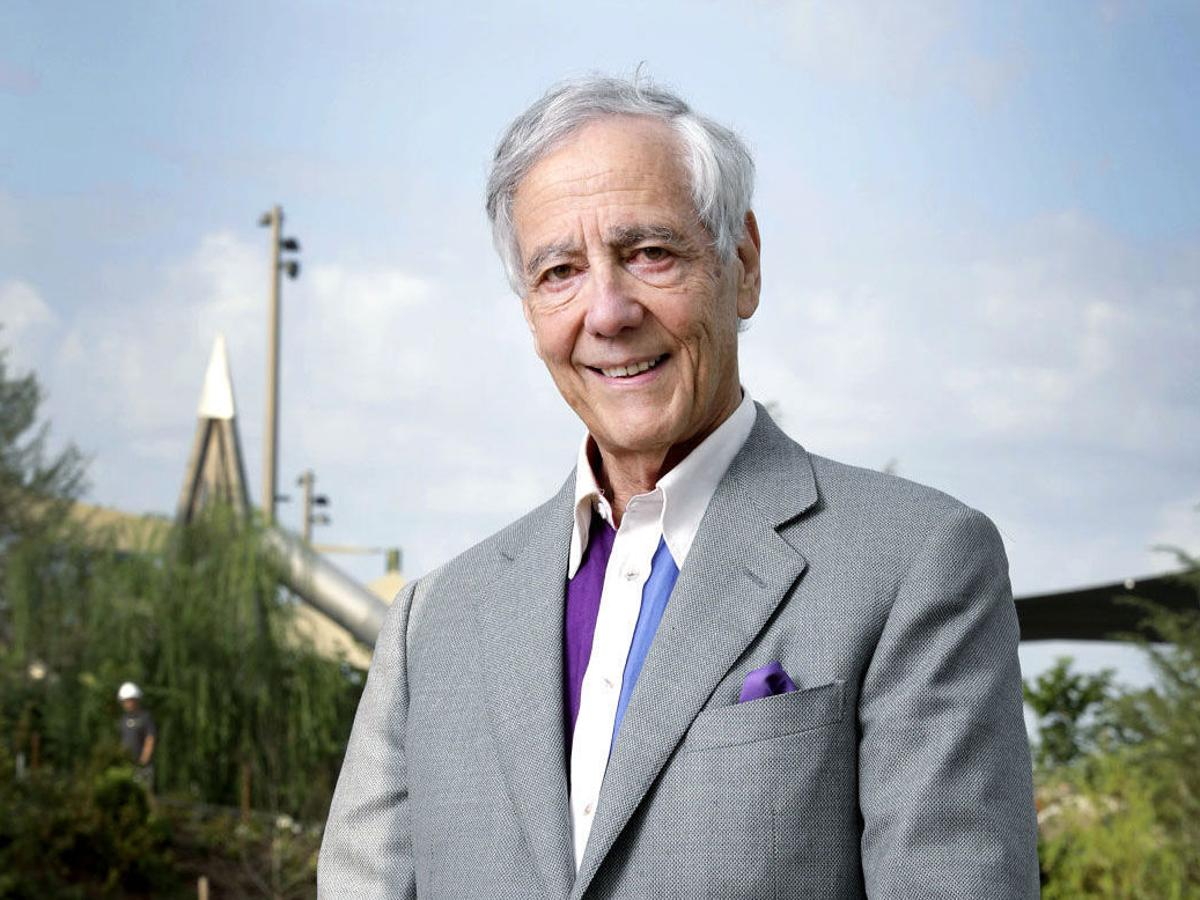 |
| Photo: Tulsa World |
George Bruce Kaiser: Career
Kaiser took control of Kaiser-Francis Oil Company in 1969 after his father had a heart attack. Kaiser-Francis was a little-known, privately owned oil prospecting and drilling company at the time. Under George's management, it became the 23rd largest nonpublic energy exploration company in the U.S. by 2010. In that year the company earned about $217 million, based on estimates by Bloomberg News.
In 1990, Kaiser bought Bank of Oklahoma out of Federal Deposit Insurance Corporation receivership. Despite BOK's depressed state, it was rich enough to land Kaiser on the Forbes 400 at one stroke. He has since expanded BOK from a 20-branch company located solely in Oklahoma into a $23.9 billion bank with operations in nine states. He owns 61.5 percent of BOK. As of 2007, Kaiser's ownership interests in BOK were worth $2.3 billion. In 2008, with an estimated current net worth of around $12 billion, he was ranked by Forbes as the 20-richest person in America and the richest person in Oklahoma. In March 2009, in the face of the general world economic downturn, Forbes reported that Kaiser's net worth had dropped to $9 billion, ranking him in a tie for the 43rd-richest person in the world. It has since risen to $9.8 billion as the markets recovered. As of 2019, George's net worth was estimated at $7.6 billion.
 |
| Photo: Tulsa World |
In April 2014, Kaiser bought Tom L. Ward's interest in The Professional Basketball Club, the investment group headed by Clay Bennett that owns the Oklahoma City Thunder of the National Basketball Association, as well as its Oklahoma City Blue minor league affiliate.
Kaiser is listed third on BusinessWeek's 2008 list of the top 50 American philanthropists, behind Warren Buffett and Bill and Melinda Gates. Among his prominent causes is fighting childhood poverty through the George Kaiser Family Foundation; he is also a major benefactor to the Jewish community in Oklahoma, which numbers about 5,000 people. He has been notably active in the promotion of early childhood education. Kaiser's family foundation is also the largest contributor to the Tulsa Community Foundation, which Kaiser established in 1998 because of his perception that Tulsa's historical dependence on unorganized private giving from its wealthy families was no longer effective. Beginning with gifts from seventeen local philanthropists, by 2006 this foundation had grown to become the largest community foundation in the United States, and now has approximately four billion dollars in assets.
Kaiser's family foundation funded the National Energy Policy Institute, a non-profit energy policy organization located at the University of Tulsa whose president since its inception is former Alaska governor Tony Knowles, and whose director since January 2010 is former U.S. Representative Brad Carson. In January 2009, Kaiser drew attention after he told a committee of the Oklahoma House of Representatives that the state should eliminate or reduce tax incentives for the oil and gas industry, and instead use the money for health care or education programs or for tax cuts for other taxpayers.
 |
| Photo: Educare |
Kaiser's family foundation was a large investor in the now-defunct Solyndra Corporation.
Kaiser is among those who have made The Giving Pledge, a commitment to give away half of his wealth for charitable purposes.
Politics activities
Kaiser was a fundraiser for the 2008 presidential campaign of Barack Obama, and functioned as a campaign bundler for Obama: an individual who collects contributions to a candidate from others that are then simultaneously given to the candidate. At one 2007 event for Obama, he raised more than $250,000.
An article by the nonpartisan and open government organization Sunlight Foundation's Bill Allison has analyzed Kaiser's business activities and his use of legal tax avoidance strategies, including how during the 1980s bust in the oil industry in Oklahoma and Texas. Kaiser bought up struggling energy companies whose losses provided him with tax deductions that effectively offset his own income and left him with little or no tax liability.
The report says Kaiser paid no taxes to the federal government for years and that when he did pay taxes, just once in a six-year period, it was just under $11,700, meaning he paid taxes on a taxable wage of $5.62 per hour. The report comes from the Sunlight Foundation's Bill Allison. Allison's post indicates many experts, including the IRS, believe Kaiser's tax strategies were illegal.
Solyndra Controversy
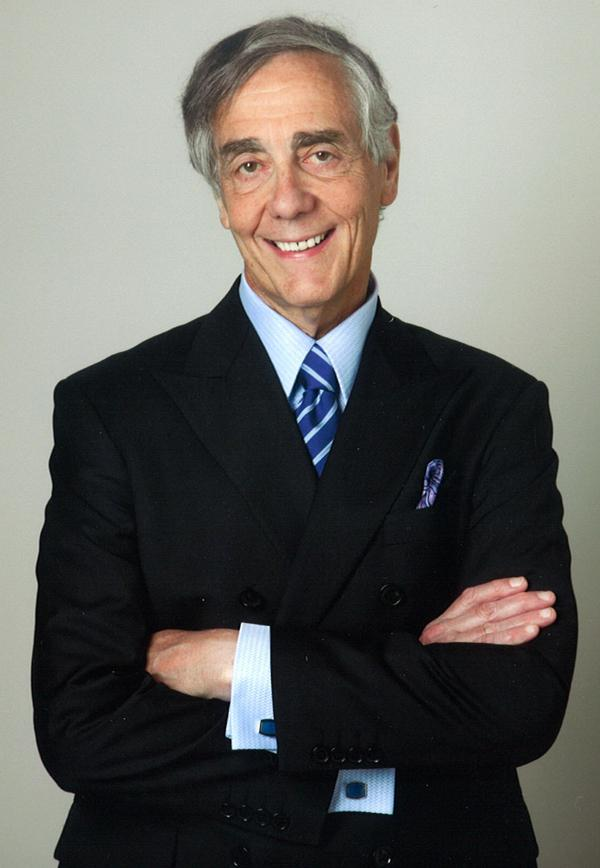 |
| Photo: Forbes |
George Kaiser and his foundation came under press scrutiny in 2011 in connection with Solyndra, a now-bankrupt solar energy company. Solyndra received $535 million in federal loans as part of the American Recovery and Reinvestment Act of 2009, popularly known as the “fiscal stimulus.” Kaiser owned one-third of Solyndra’s shares through his private equity company, Argonaut. According to the Los Angeles Times, Kaiser invested $271 million in Solyndra and his nonprofit foundation invested another $50 million in the company, though he said he was not a personal investor in the company and did not talk to the White House about the company and its attempt to secure a federal loan, which was successful. Later investigative findings by the U.S. Department of Energy and Congress show that statement is not accurate and that the company misled taxpayers and the Department of Energy regarding its profitability.
The Washington Post reported, “Solyndra executives had been privately warning administration officials that the firm was at risk of liquidation.” In February 2011, the Energy Department restructured the loan to keep the company afloat and gave it an additional $75 million in financing. According to the Tulsa World, the restructuring “put Kaiser’s foundation ahead of taxpayers of repayment of that amount in the event of a default.” The Energy Department conducted a four-year investigation and concluded that Solyndra had in fact “provided the Department with statements, assertions, and certifications that were inaccurate and misleading, misrepresented known facts, and, in some instances, omitted information that was highly relevant to key decisions in the process to award and execute the $535 million loan guarantee.” Employees at the department reportedly felt pressured by their leadership, the administration, and the company to speed along the loan guarantee despite many financial red flags.
Many press accounts speculated that Solyndra received favorable treatment due to Kaiser’s generosity toward the president’s 2008 campaign. One email from Kaiser to Steve Mitchell, CEO of Argonaut Investments, on March 5, 2010, stated: “BTW, a couple of weeks ago when Ken and I were visiting with a group of Administration folks in DC who are in charge of the Stimulus process (White House, not DOE) and Solyndra came up, every one of them responded simultaneously about their thorough knowledge of the Solyndra story, suggesting it was one of their prime poster children.”
An email from Mitchell to Kaiser admits to discussions with the White House. Mitchell stated on October 6, 2010: “The WH meeting is more about assistance in selling panels to the government than it is about getting the DOE loan revised. The WH has offered in the past and we do have a contact within the WH that we are working with.” Though Solyndra eventually went into bankruptcy, private equity firms such as Argonaut stood to reap “hundreds of millions of dollars” in tax credits, according to federal officials cited by the Wall Street Journal.
George Bruce Kaiser: Personal Life
Kaiser has been married twice:
His first wife was Betty Eudene. Betty was a prominent literacy advocate volunteering more than 7,000 hours with the Tulsa City-County Library's literacy program. Betty died in 2002. The couple had three children: Philip, Leah, and Emily. They also have five grandchildren: Shai, Eytan, Aidan, Ilan, and Ben.
His second wife is Myra Block, who is a curator, authority on fiber art, and founder of 108|Contemporary. She is the daughter of Tulsa oilman and philanthropist Charles Goodall, known for establishing the small cities program on the Council of Jewish Federations. The couple divides their time between Tulsa, Oklahoma, and San Francisco, California.
Kaiser typically works 70 hours a week in his office, spending half his time on philanthropy and the rest on banking, energy, and other business interests.
Kaiser is affiliated with the Egalitarian Conservative Congregation B'Nai Emunah.
Kaiser avoids publicity, does not attend society functions and hardly ever gives interviews. While he owns homes in Tulsa and San Francisco, he is said to own no vacation homes, airplanes, or yachts.
George Bruce Kaiser: Net WorthGeorge Kaiser is an American businessman who has a net worth of $10.7 billion dollars. George Kaiser earned his net worth by being the President and CEO of Kaiser-Francis Oil, which is an oil company based in Tulsa, Oklahoma. In 2008 George was listed third in BusinessWeek's list of top 50 American philanthropists. He established the George Kaiser Family Foundation to fight childhood poverty. He also founded the National Energy Policy Institute. He was a fundraiser for Barack Obama's 2008 presidential campaign. Kaiser has been listed as one of the 100 richest people in the world. |
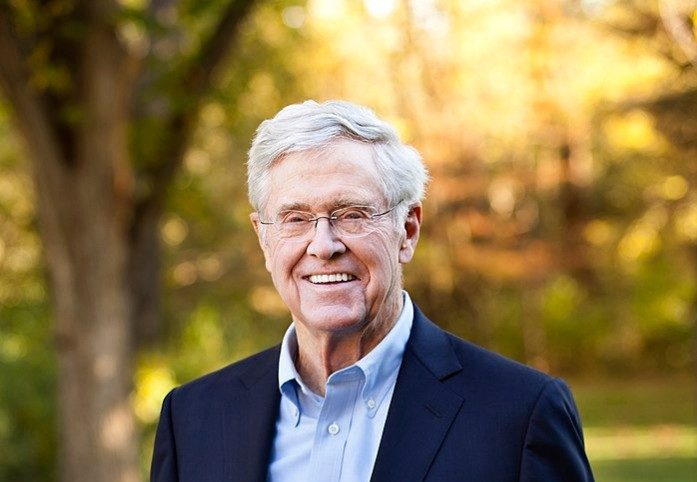 Who Is Charles Koch - The Richest Person in Kansas Who Is Charles Koch - The Richest Person in Kansas Charles Koch, CEO of Koch Industries, is the richest people in Kansas of America with a huge, mouth-watering net worth. |
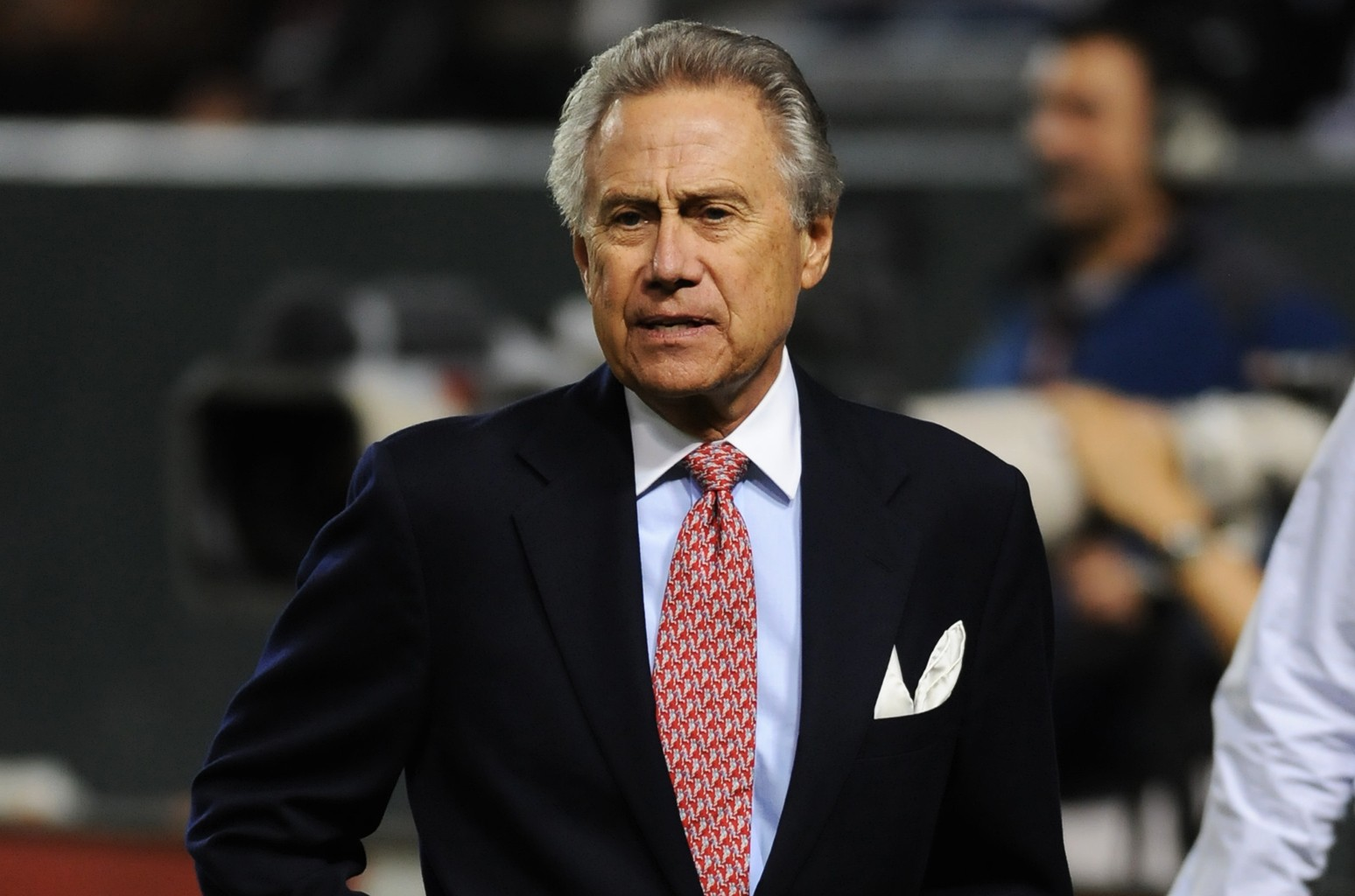 Who Is Philip Anschutz - The Richest Person in Colorado Who Is Philip Anschutz - The Richest Person in Colorado Philip Anschutz, the richest people in Colorado of America, owns a huge net worth of $14.5 billion and many achievements over the year. |
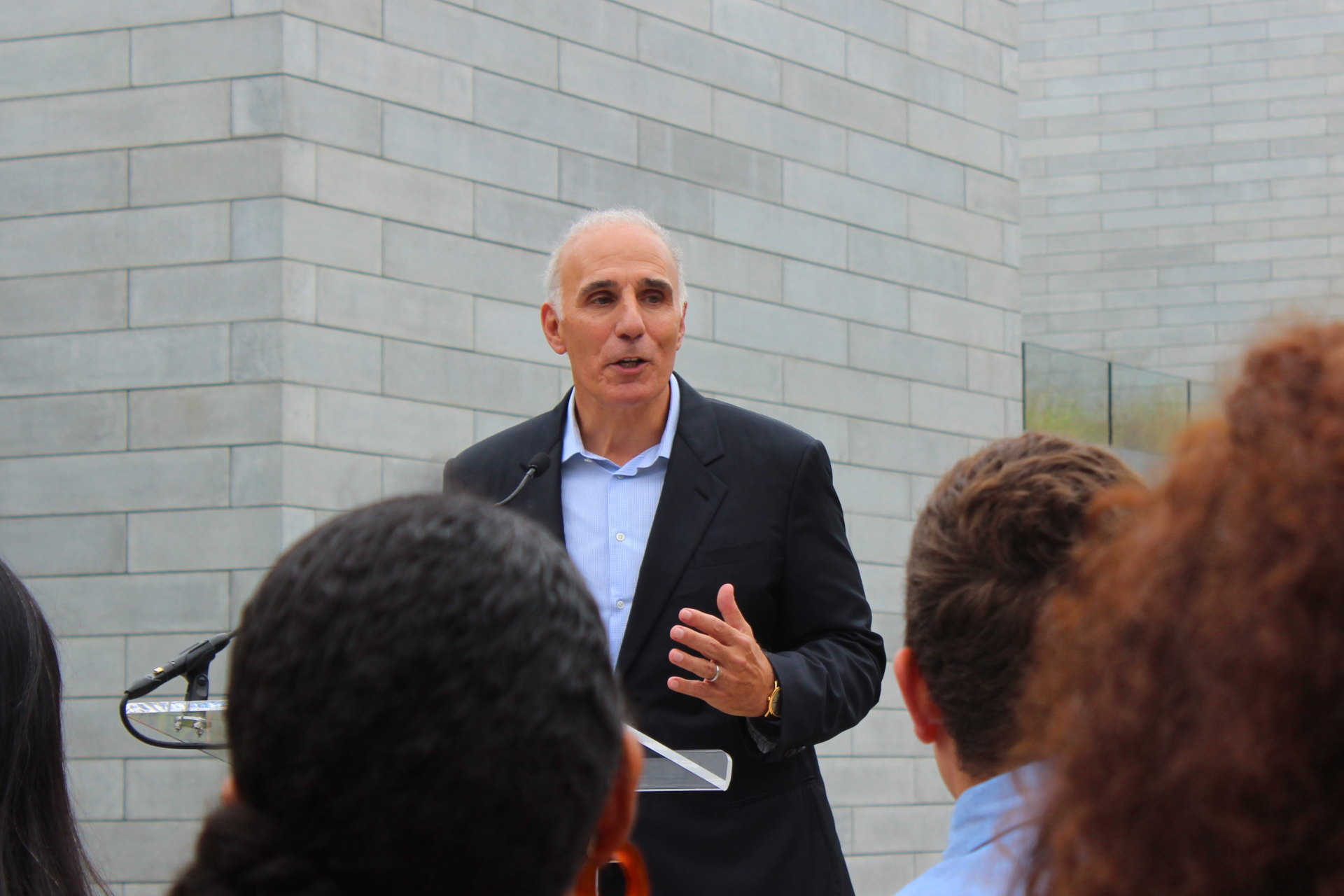 Who Is Mitchell Rales - The Richest Person in Maryland Who Is Mitchell Rales - The Richest Person in Maryland Mitchell Rales, an American billionaire businessman and a collector of modern and contemporary art, is one of the richest people in Maryland with a net ... |
 Who is Santa Claus: 10 Amazing Facts Who is Santa Claus: 10 Amazing Facts Who is Santa Claus? Santa Claus is known as Father Christmas who will bring gifts to well-behaved children. Let's see 10 interesting facts about Santa ... |


























